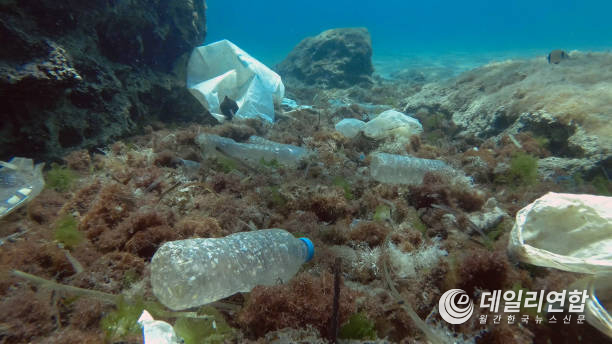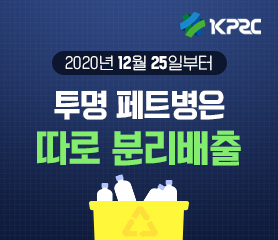
Daily Union (Monthly, KOREAN NEWS) | Reporter : Joanne Baek
By: Grace Cho and Angela Lee
Edited by: Sujin Cho
Marine snow, the process of organic material falling from upper waters to the deep ocean, has been around since aquatic life existed.
It begins as motes, then into flakes that sink and read the mouths of deep-sea scavengers.
This snow is composed mainly of plant and animal carcasses, feces, mucus, dust, and viruses that, combined, play a vital role in transporting the ocean’s carbon on the seafloor.
Unfortunately, the majority of this organic snowfall is gradually being composed of microplastics like fibers and polyethylene, which negatively affects the planet’s cooling process.
Every year, approximately 10 million tons of plastic are relocated into Earth’s oceans. Research shows that 99.8% of plastic has sunk to the bottom of the ocean since the 1950s.
Scientists are researching how exactly marine snow helps plastic sink, and how these materials have been changing marine life food webs and the ocean’s carbon cycles. Researchers turn to ocean animals for answers to gain a better understanding of the microplastic cycle.
Many species of marine life travel to the water column, which had the Rural Federal University of Pernambuco in Brazil questioning, “Is it possible they are transporting the plastics up and down?” Scientists have collected vampire squids from the tropical Atlantic and found large amounts of microplastics, mostly fibers, and beads.
They hypothesized that the deep-sea creature’s diet of marine snow was the main entrance of plastics in their stomachs.
Dr. Kvale’s model shows that oceans produced 340 quadrillion aggregates of marine snow in 2010, and 463,000 tons of microplastics are transported into the seafloor each year. Many studies have proved one idea; if humans continue creasting this path of environmental waste, we will permanently destroy the earth.
데일리연합(월간, 한국뉴스신문) 백금오 기자
작성: Grace Cho and Angela Lee
편집: Sujin Cho
번역/검토: 이대희
바다에 미세플라스틱 눈이 내리고 있다
유기물이 상층에서 깊은 바다로 떨어지는 과정인 해양 눈은 바다 생물이 존재할 때부터 있어 왔다.
티끌로 시작한 다음 조각이 되어 가라앉아 심해 생물들이 먹게 된다.
이 눈은 주로 동식물의 사체, 배설물, 점액, 먼지 및 바이러스로 구성되어 있으며 결합되어 해저에서 해양 탄소를 운반하는 데 중요한 역할을 한다.
불행히도, 이러한 유기적 강설량의 대부분은 점차적으로 섬유 및 폴리에틸렌과 같은 미세 플라스틱으로 구성되어 지구의 냉각 과정에 부정적인 영향을 준다.
매년 약 1천만 톤의 플라스틱이 지구의 바다로 유입되고 있으며, 연구에 따르면 1950년대 이후 플라스틱의 99.8%가 바다 밑으로 가라앉았다고 한다.
과학자들은 해양 눈이 어떻게 플라스틱이 가라앉는 데 정확히 도움이 되는지, 그리고 이러한 물질이 어떻게 해양 생물의 먹이 그물과 해양의 탄소 순환을 변화시켰는지 연구하고 있다.
연구원들은 미세 플라스틱 주기의 더 나은 이해를 얻기 위한 답을 찾기위해 해양 동물에 관심을 두고 있다.
많은 종의 해양 생물이 수주관(water column)을 통해 이동한다. 브라질 페르남부쿠 지방 연방 대학교는 "플라스틱을 위아래로 운반하는 것이 가능합니까?"라고 질문했다.
과학자들은 열대 대서양에서 흡혈 오징어를 수집하고 다량의 미세 플라스틱, 주로 섬유 및 구슬을 발견했다.
그들은 심해 생물의 해양 눈 식단이 위장에 있는 플라스틱 이라고 가정했다. Kvale 박사의 모델은 바다가 2010년에 340천조 개의 해양 눈을 생산했으며 매년 463,000톤의 미세 플라스틱이 해저로 운반된다는 것을 증명했다.
많은 연구에서 한 가지 아이디어가 입증되었다. 그것은 인간이 환경 폐기물을 만드는 길을 계속 간다면 우리는 지구를 돌이킬 수 없을 정도로 파괴할 것이다.




















